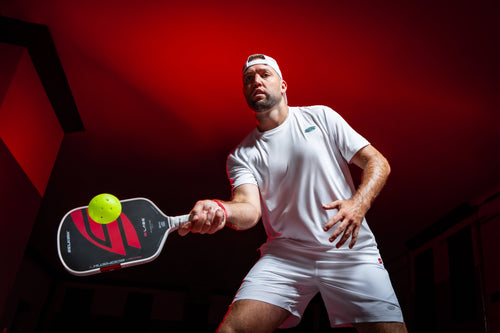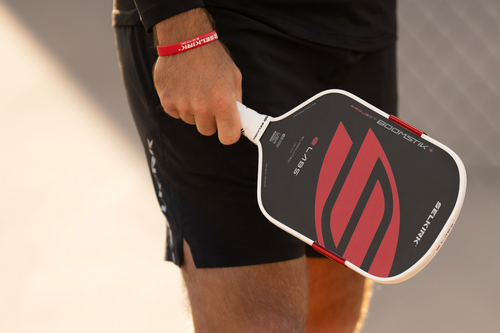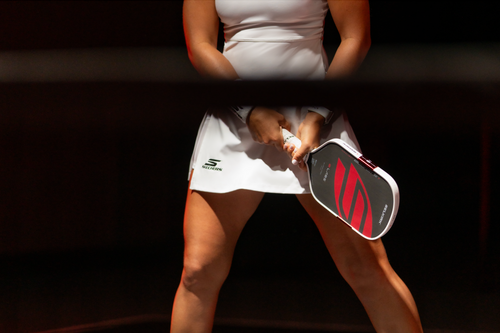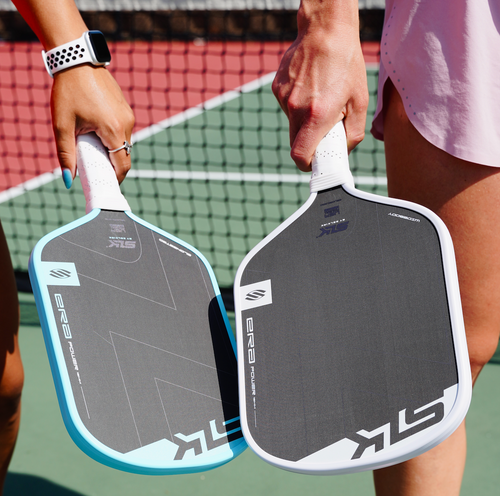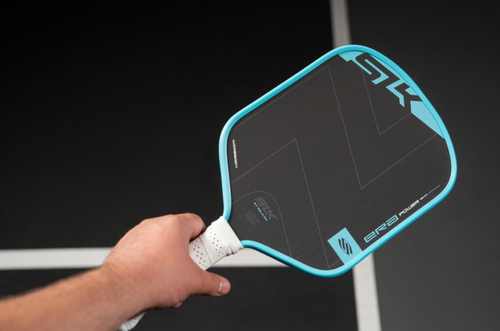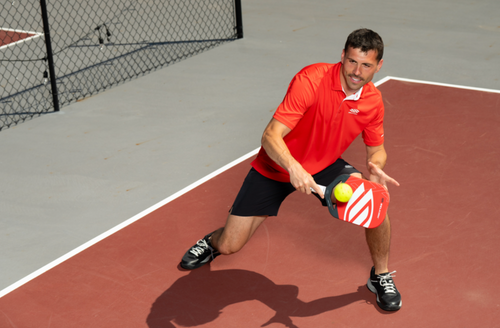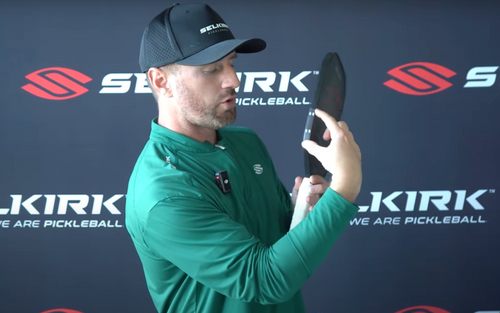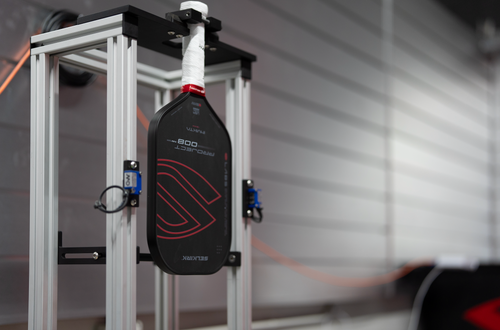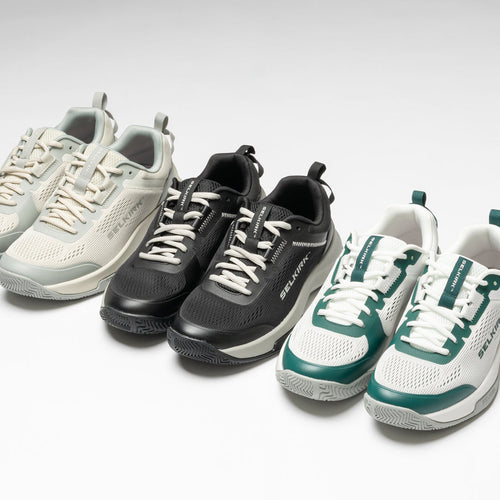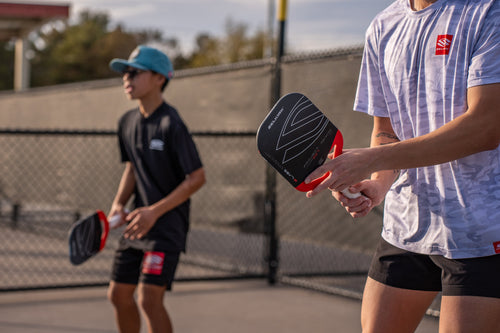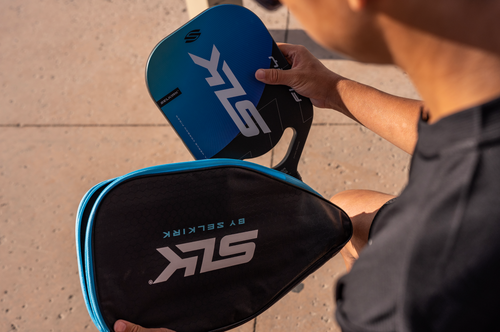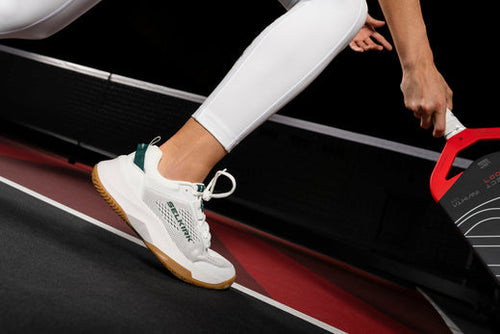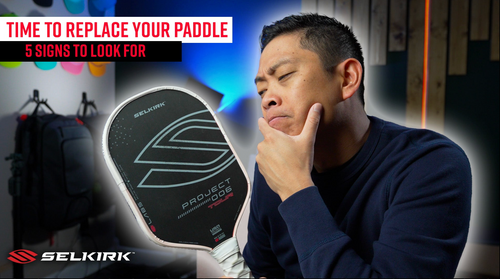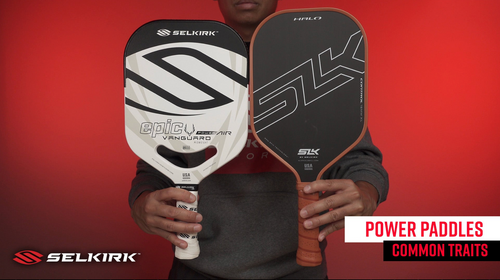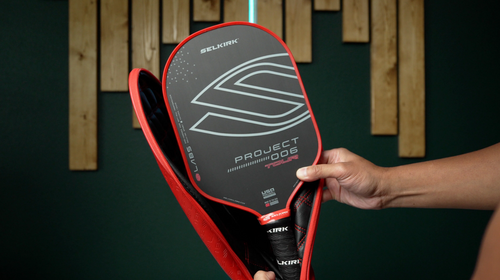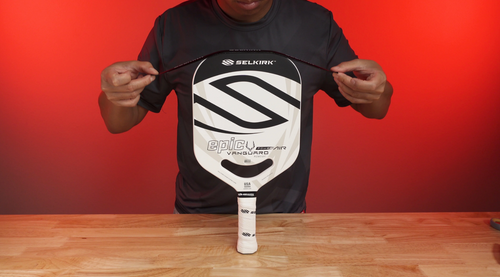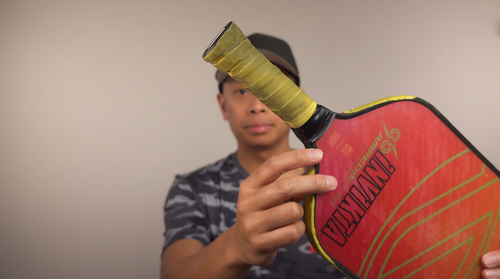referred you!
Shop and spend $50+ to get your free gift. Free gift will be added at checkout. Valid for new customers only.
Shop Best Sellers NowWe're sorry, self-referrals are not allowed.
We're sorry, but the referral link you used is not valid.
Notify Me
Thank you!
The traits of a power pickleball paddle
Read MoreAs the game continues to get faster, many players are searching for power pickleball paddles.
Searching for the correct paddle for your game can be overwhelming, and discerning which paddles are most powerful can be confusing. However, there are a few key characteristics that power paddles possess.
Pop vs. power in pickleball
Before diving into paddle characteristics, it's important to note the difference between pop and power. Often, these words are used interchangeably to describe a paddle's power capabilities, but there is nuance between the two.
Pop refers to the speed at which the ball comes off the paddle face, while power refers to the steady speed that the ball travels over time. Pop and power are not necessarily reliant on each other.
For example, a paddle with low pop could still have high power if weight is added. The extra mass allows players to hit the ball farther more easily.
Characteristics of a power paddle
Power paddles typically have three common characteristics: a thinner core, a longer length, and a head-heavy balance.
Thinner core
A power paddle generally features a thinner core, measuring 14 mm or less. This thinness allows the ball to rebound off the paddle face quicker, resulting in a firm and crisp feel.
This is beneficial for aggressive play when driving the ball, speeding it up, volleying balls out of the air, and smashing overheads, as it cuts down the time your opponent has to react.
Longer length
A longer paddle length means the point of contact with the ball is further away from your hand. This allows for greater leverage and racket head speed when swinging your paddle, translating to more power.
Head-heavy balance
Just as a longer paddle offers more leverage, so too does a paddle with more weight at the head.
Think of an aluminum or wooden bat, which is designed with most of the mass in the head, compared to a plastic bat that has almost no weight. It is much easier to hit a baseball farther with the heavier bat.
This theory is the same for pickleball paddles.
More Content for You
Search for a specific topic or browse by the categories below.
All Content
Can't find what you're looking for?
LET US KNOW WHAT YOU'D LIKE OUR NEXT VIDEO TO COVER!
Submit an Idea









